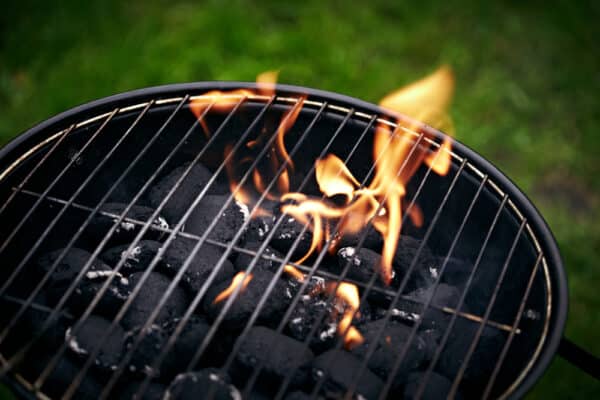Two primary grill types exist: charcoal and gas. Charcoal grills utilize burning coals for heating, while gas grills rely on connection to either a natural gas line or a propane tank.
Here are the key disparities and merits of each, as outlined by Taste of Home:
Charcoal Grills Enthusiasts of charcoal grills advocate for them due to:
- Flavor: Charcoal imparts a rich, smoky taste to food, a feature absent in gas grills. Drippings from food can sizzle on hot coals, creating flavorful steam and smoke that enhances the food.
- Cost: Entry-level charcoal grills can be acquired for under $100, with mid-range options around $200. Conversely, quality gas grills typically range from $600 to $1,000. It’s worth noting that a 20-pound bag of charcoal lasts approximately three grilling sessions, while a propane tank yields around 25. Nevertheless, charcoal grills have drawbacks such as longer heat-up times compared to gas counterparts and the mess of cleaning up ash residue post-use.
Gas Grills Advocates of gas grills appreciate them for:
- Versatile Cooking: Gas grills excel in cooking foods like fish, fruits, and vegetables, which benefit from a cleaner, smoke-free cooking environment. They also offer easier control for meats requiring lower cooking temperatures.
- Easy Operation: Gas grills ignite with the push of a button and reach desired temperatures faster than charcoal grills.
- Simple Cleanup: Gas grills typically require






